Rauniot Review
PC
Rauniot has a great story to tell and is a great point-and-click adventure.
Reviewed by MariDead on Apr 18, 2024
Act Normal Games brought back the point-and-click genre with Rauniot, a post-apocalyptic narrative that follows the story of a scenic area in Northern Finland. Telling a strong story in the point-and-click world is no easy task as the world is limited to be often without action, the solutions to puzzles have to be on scene and the characters can not usually use their physicality to communicate who they are or what they are feeling. Act Normal Games had to subvert the genre in order to create the strong story they wanted to tell, making sure the puzzles those used to the genre could expect, yet at this time they are part of the story being told.
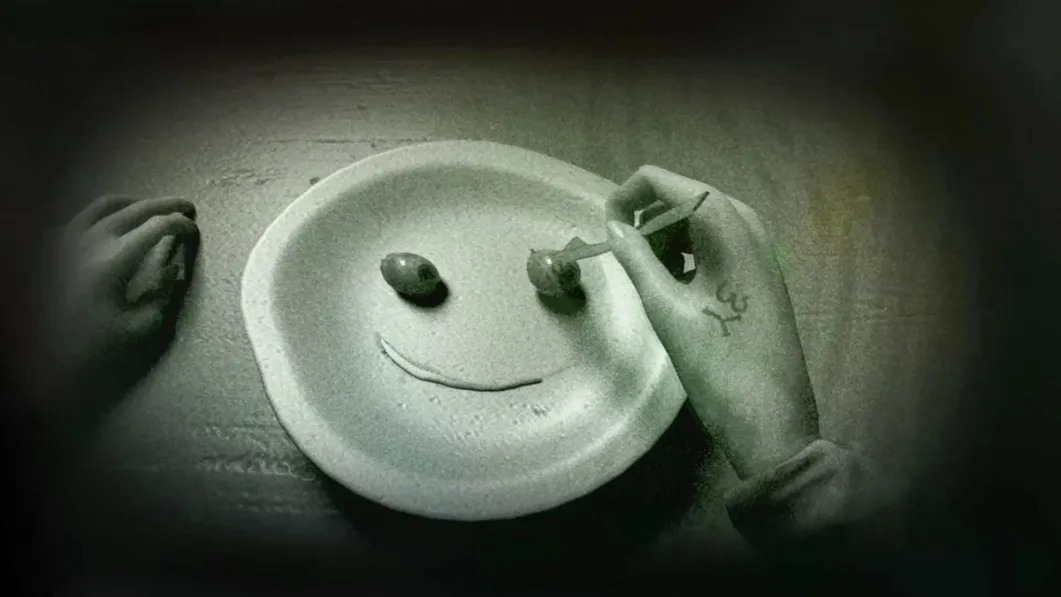
Rauniot tells the story of a world devastated by natural disasters and left to be claimed by the elements, as well as the worst people out there who have found the worst ways to survive. The introduction explains this backstory, stating that in 1975 the world faced natural disaster after natural disaster which pushed civilization “over the edge”. Those who survived did so through warfare, cannibalism, and creating gangs of the worst of the worst.
Much of the landscape has been taken over by nature leaving a fantastic duality of harsh people and the violence of those left behind, mixed with the beautiful nature that has been left to take over the land. The settings themselves are ways to tell this story, overflowing graves, cars with foliage growing through them, and even the objects left by the men before have a way of telling you what has happened in this now desolate world.
An example of this comes in the very opening of the game. You, as the player, are introduced to the apocalypse that took place years before through an opening cutscene that has graphic and violent imagery playing over the description of the horror the world now lives in. Part of this horror is how the issues have affected even those who are not even born yet. Birth defects are at an all-time high and many pregnancies end in the deaths of those giving birth, leaving the world to lonely and hopeless men.
We are introduced to the main character in Rauniot as she is driving along listening to some heavy metal music. We do not see her face. Instead the inside of her car while listening to some very intense rock music. The center console is filled with weapons, and the car itself is falling apart. There is also a cockroach in a glass container sitting next to the driver. After a brief conversation, she picks up the bug and eats it. We can already tell, from such a small moment, that the world is harsh, you need weapons to survive, and people are doing, and eating, what they can to get by.

This is a small moment right at the beginning of the game but it is enough to show, rather than tell, the player the type of world they are getting into as soon as you boot up the game. After this, the player is left to explore the world, there are RPG elements in dialogue and the way you choose to solve puzzles, but beyond this much of the story does follow a linear path. You are on the lookout for Toivo, another member of your group who is traveling to learn more about a railway system that runs on nuclear power.
He travels by horse most of the time so his tracks can often be found with a fair amount of ease, not that that makes the journey an easy one. Along the way, you will be introduced to a whole cast of characters Rauniot has to offer. These can vary in the kindness they show you, as well as the extent to which the harshness of the world appears to have taken over them, making them another part of the problems you have to face.
The story is told really well in the dialogue, as well as the subtext behind what is being said. The lack of character animations, while the characters are talking, does not do a disservice as their surroundings and the questions you can ask them to fill in a lot of the gaps. The focus on the characters' eyes as they perform dialogue has a similar effect. Zeroing in on what is important and clearly showing the characters’ intentions.
The gameplay is a standard for a point-and-click adventure. In order to move the character around you have to click where you want to move. You can also click on certain objects to interact with them, these objects will be highlighted in a very pale yellow. Due to the vintage style filter over Rauniot this yellow doesn’t actually show up very well as you hover over an object. This makes it impossible to simply hover your mouse over the whole screen, whisking it around to try to find anything that pops up in the pale yellow.
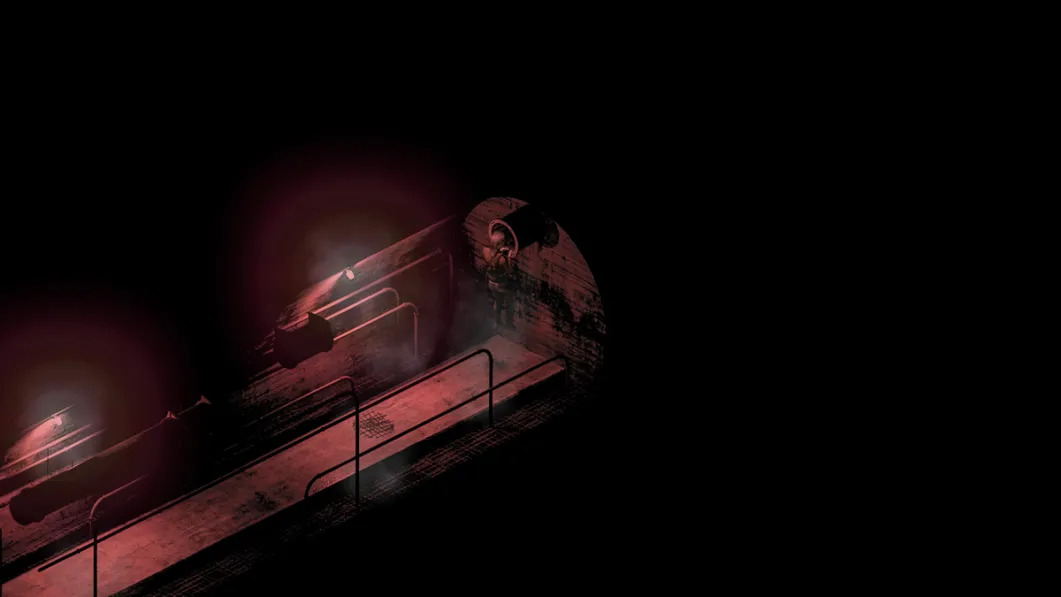
This will change your experience depending on how much you enjoy this feature. Those more used to the point-and-click adventure genre will probably love this, as it is a great reminder of the games of old. Anyone not used to the genre may find it difficult to get used to as it can be annoying being unable to progress due to missing one small item in the corner of the screen.
There is an example of this some will experience fairly early on when you are captured by another character and tied to a chair. Normally clicking on a door will make you go through it so some may not think to click on the door, thinking it will do the same. However, in this case, clicking on the doorway will let you through the door, clicking on the door is actually part of the puzzle and a way to knock a bookcase next to it in a slightly different way, making an item fall off it which can then be used.
The save system also works the same as it does in classic point-and-click games. You do not get a save unless you manually make one. Now you can make one at any point, which is certainly good. However, unless you choose to make a save every time you enter a new room, there is no way to reset a set piece allowing it to be fresh in order to help you come at it from a new angle.
This is another situation that will cause a huge sense of nostalgia, adding to the experience for many, or will be massively frustrating. While it is very true to the genre to be trapped with the choices you have already made without having to reset, it would be good to have the option as this is a modern game with a more modern audience who are more used to being able to save scum in such a situation. Again, this is in no way game-breaking, in fact, some may find it preferable as it is more true to what the genre is typically like.
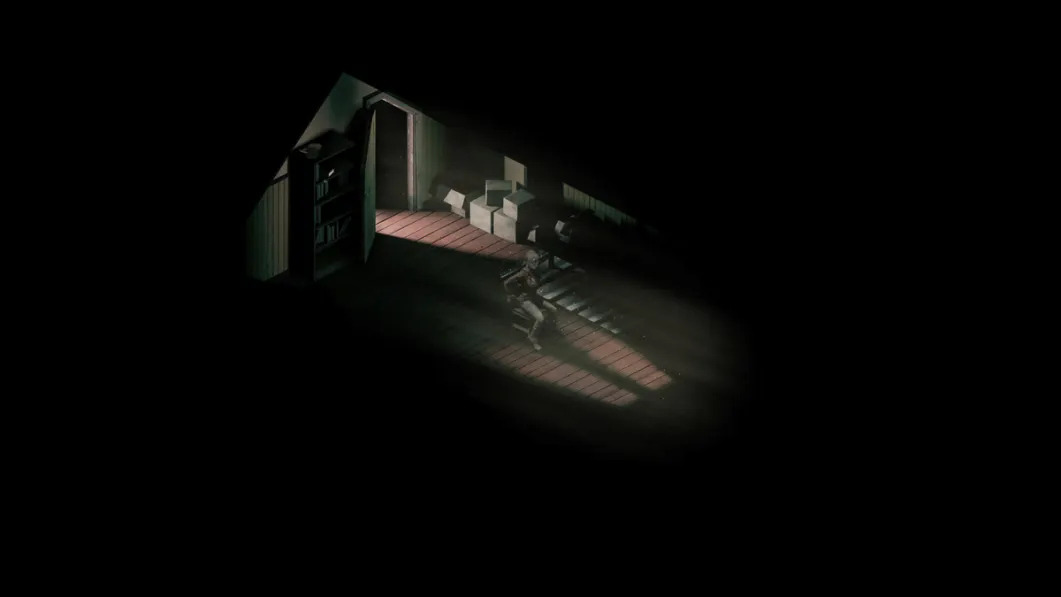
There are several puzzles throughout Rauniot with a variety of difficulties that can also be solved in many different ways. This is shown very early in the game with a locked trapdoor. If you have already spoken to another character and have a certain selection of tools there is a way to open the trapdoor that is completely soundless. However, if you have not retrieved this toolbox you can still access this area, it will just cost you a bullet as you shoot off the padlock.
These variations in puzzle solutions make for a lot of replay potential as well as allowing you to be able to find a lot of different solutions if you can’t work out the exact “correct” way to solve each Rauniot puzzle.
All items, inventory, maps, notebooks, and menus are accessed through lift-clicking. The keyboard can be completely ignored during this game as only the mouse is needed. Items and inventory can be used by left-clicking, then selecting the tool you need and clicking on the in-setting object you need to use it on. The map and notebook are mostly used as a record of the information you have found so far, although the map does have a fast travel feature that becomes vital as you move through the game.
The graphics in Rauniot are completely stunning. There are over 70 unique environments to explore and discover all of which have clearly had a huge amount of work put into them. The world has layers and the art style is a beautiful addition to the storytelling that is going on. During my playthrough, I found no graphical glitches or clipping issues as I moved around the environment.
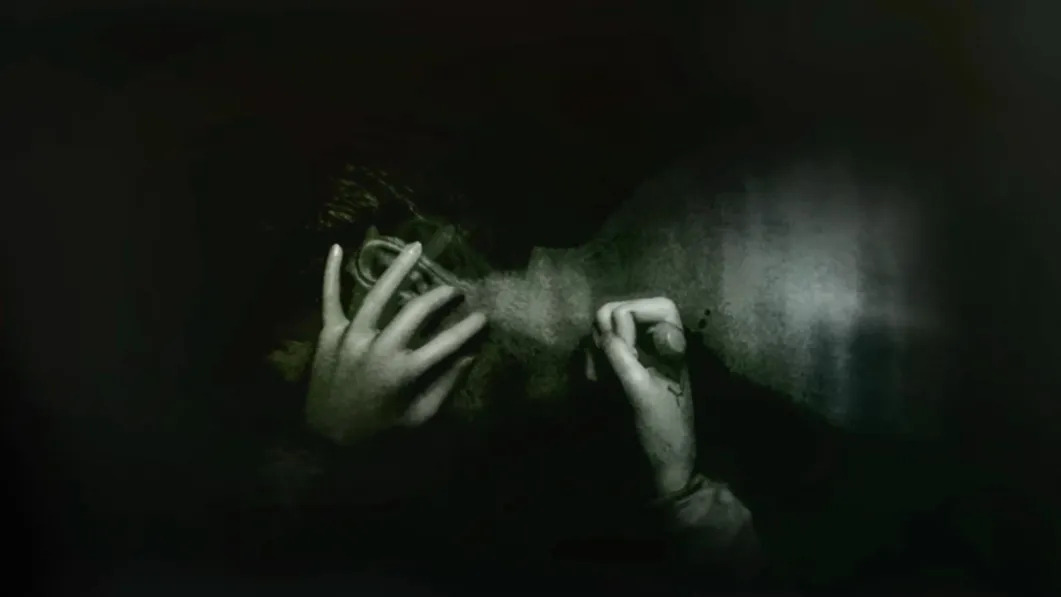
During the dialogue, the camera zooms in on the character's eyes or shows the two characters who are conversing on either side of the screen. The character designs are often well thought out, with a lot of personality contained in them. The characters also hold the horror of the world within them. Some have scars from the brutality of the world, others are part of the group who have been deformed by the fallout of the disasters that had struck the world. The player character has tattoos on her face that are used to make her feel more intimidating, again showing the harsh world she has learned to exist in.
The sound in Rauniot creates a fantastic atmosphere which helps ground the world into realism and allows the land the player is thrown into to be more immersive. The music also adds to this world a great deal. The opening contains some hard rock music that the main character is listening to. This shows her strength from the off, as well as creating a clear tone for the rest of the game.
The voice acting in Rauniot is really good. There is not an English dub, instead the whole game is acted in English. Text in your chosen language allows anyone to understand what is being said. Other games, such as the famous Heavy Rain, have demonstrated the issues that come with translating a text into a language the actor does not have a huge understanding of.
Instead, the subtitles change, but the voice acting stays the same, in Finnish and, according to the dev team, in an accent from Northern Finland to help with the setting that is being portrayed in the game. While Slime may be bothered by the lack of translation, it isn’t a huge issue, and the voice acting is great so the intention often comes across even without understanding the language.
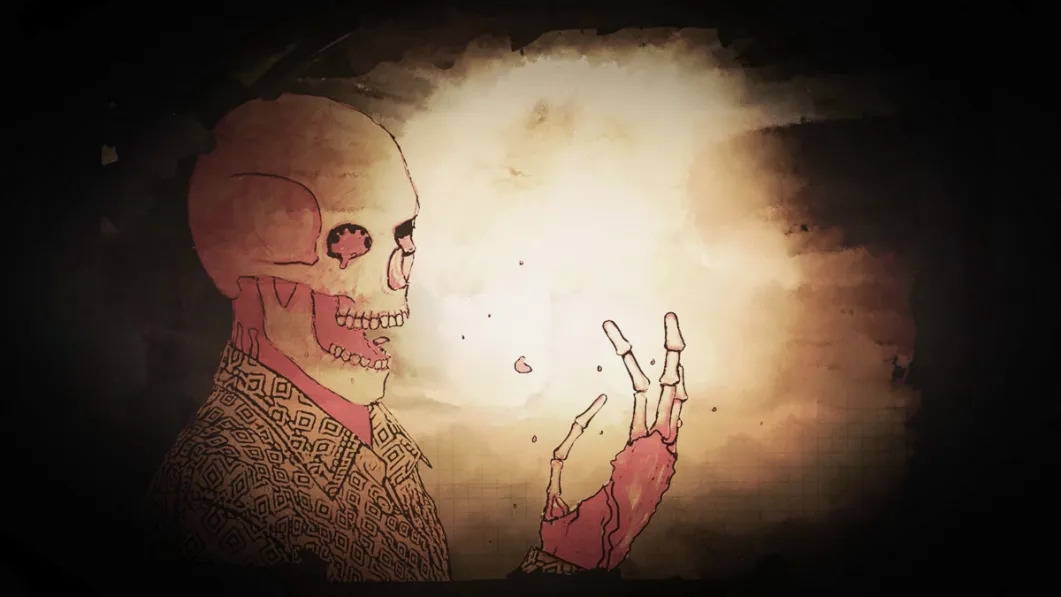
Rauniot is a really good point-and-click adventure with a fantastic story it has to tell. Every aspect of the game exists intentionally to help tell the story at hand. This includes the rich and detailed settings, the excellent sound and voice acting that makes the characters all feel unique and stand out, and the amazing gameplay that allows for adaptation and invention as you explore the harsh world you are thrown into. Rauniot is well worth playing, as both an introduction to the genre, as well as for veterans looking to re-fall in love with an old favorite.
Senior Editor, NoobFeed
Verdict
Rauniot is a really good point-and-click adventure with a fantastic story it has to tell.Rauniot is well worth playing, as both an introduction to the genre, as well as for veterans looking to re-fall in love with an old favorite.
84
Related News
No Data.

